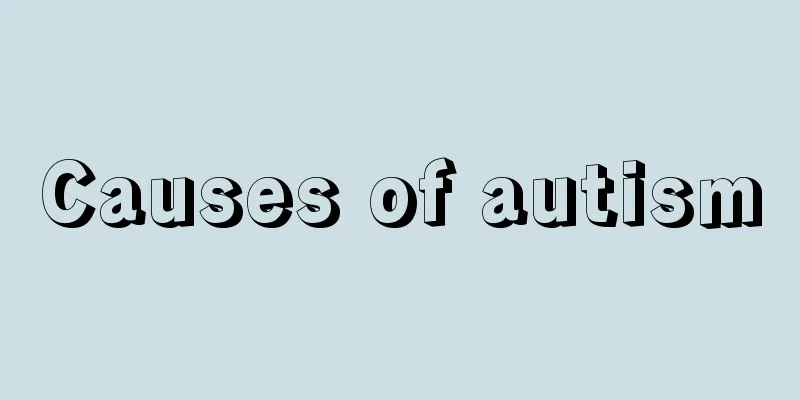What are the early symptoms of scarlet fever?

|
The early symptoms of scarlet fever mainly include fever, headache, sore throat and various physical discomforts. Sometimes the body temperature can even reach 38 to 40 degrees, which can cause great harm to infants and young children. 1. Incubation period: shortest 1 day, longest 12 days, generally 2 to 5 days. During this period, the bacteria multiply in the nasopharynx. 2. The prodromal phase has an acute onset, with symptoms of fever, headache, sore throat, and general discomfort. Body temperature is between 38 and 40°C. The pharynx and tonsils are obviously congested and edematous, and there may be dot-like or flake-like white purulent secretions in the tonsillar crypts, which are easy to peel off. Pinpoint-sized bleeding spots or rashes may be seen on the soft palate. At the beginning of the disease, the tongue is covered with white fur, and the red and swollen papillae protrude from the white fur, which is called white strawberry tongue; later, the white fur falls off, the tongue surface becomes smooth and bright red, and the lingual papillae become red and swollen, which is called red strawberry tongue. The cervical and submandibular lymph nodes are often enlarged and tender. 3. Rash stage : The rash usually appears within 12 to 36 hours of onset, but in some cases it may be delayed to 2 days. Characteristics of rash: (1) The rash first appears on the neck and spreads to the trunk and limbs within 24 hours. On the basis of skin congestion, there are evenly distributed needle-tip-sized rashes, some of which appear as chicken skin-like protrusions, and in some cases normal skin can be seen between the rashes. The skin fades when pressed, leaving a pale indentation that returns to its original state after a few seconds. This phenomenon is medically known as "anemic skin scratches." (2) Facial features: The face is only red, but there is no punctate rash. The area around the mouth is not red, nor is there a rash. It appears pale, hence the name “perioral pale circle.” 98% of patients have this sign. (3) Characteristics of wrinkles: such as the elbows, armpits, popliteal fossa, groin, etc., where dark red strip-shaped blood rashes are caused by skin pressure, which is medically known as "Pagliacci's sign." (4) Oral characteristics: The pharynx is extremely congested during this stage. 3 to 4 days after the rash appears, the tongue coating falls off, revealing a fleshy tongue surface and red and swollen tongue spines, which look like a ripe strawberry. Medically, this is called "bayberry tongue". It usually disappears in about 7 days. This sign can be seen in more than half of the patients. 4. During the recovery phase, skin desquamation begins to occur at the end of the first week of the disease. Desquamation is one of the characteristic symptoms of scarlet fever. Sometimes the diagnosis can be made retrospectively due to the presence of desquamation. If the rash is severe, there will be a lot of desquamation (90% of patients have desquamation). The face and neck are finely scaled, the trunk and limbs are small scaled, and the palms and soles are large scaled. It takes about 2 to 4 weeks to completely fall off without any pigmentation. If treated correctly in the early stage, the rash will be mild and there will be no obvious desquamation. |
<<: What to do if your child is picky about food and refuses to eat?
Recommend
What should I do if my child has a dislocated patella? Tell you an effective solution
Patellar dislocation is most likely to occur in c...
What are the symptoms of hernia in children?
Most people think that children are very weak whe...
What can I eat to relieve my child's vomiting?
Children's bodies are not as strong as those ...
Causes of syncope in children
Many people have experienced dizziness after stan...
What should children eat to grow taller?
We all know that parents hope that their children...
Can babies eat lamb? Please learn the correct way to eat
For adults, mutton is a very good food, but for c...
Is formula milk better or fresh milk?
When babies are young, they mainly rely on milk a...
What should I do if my 15-year-old child always suffers from insomnia?
With the development of society and the progress ...
My baby's voice is hoarse after 40 days
The baby's health is a very important matter ...
Treatment of gastrointestinal stagnation in children
When children have gastrointestinal stagnation, p...
Can myocarditis in children be cured quickly?
Of course, children with myocarditis must pay att...
What are the causes of hypospadias in babies?
At present, among the common men's diseases, ...
What are the causes of children’s foot odor?
It is very common for children to have smelly fee...
Is amniocentesis necessary for single umbilical artery?
Single umbilical artery is not uncommon in clinic...
Treatment cycle and related treatment methods for neonatal sepsis
The treatment cycle of neonatal sepsis causes our...









